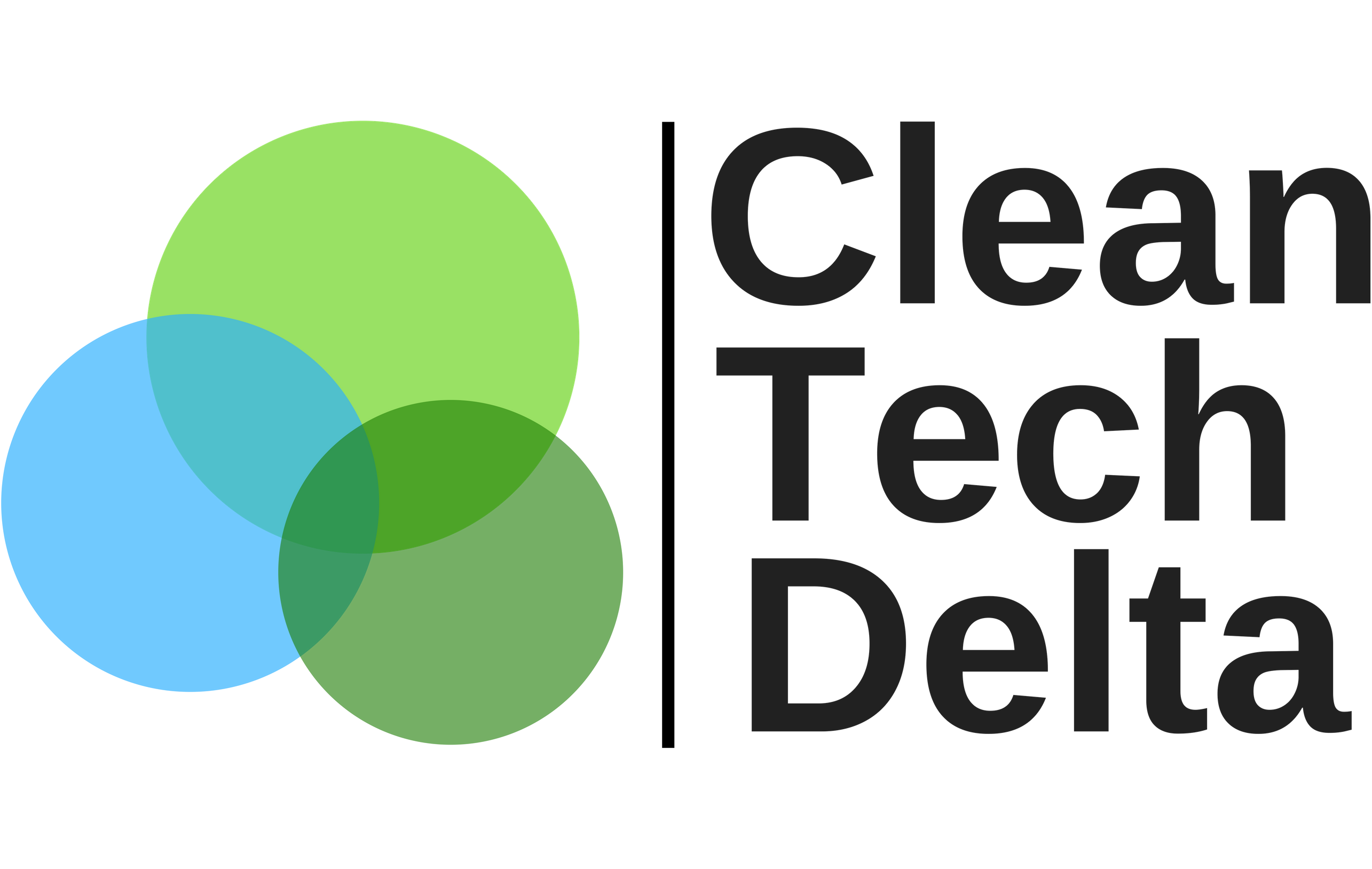The Conference of Parties (COP) is the supreme decision-making body of the Convention on Climate Change. The COP21 final text states that global warming should stay ‘well below 2°degrees’ reports Politico. Action speak louder than words, even if they are binding.
The common understanding amongst scientists is that the world is on track for at least 3.5°degrees of warming. Even the most ambitious Emission Pathway, called ‘Paris Increased Ambition’, only gives a 30% probability to contain temperature rise to 2°degrees, which is considered insufficient by many scientists. The probability of containing it to 1.5°degrees is a mere 5%, which makes the promise of ‘well below 2°degrees’ rather like a New Years resolution. A good summary is Paris agreement at a glance.
Immediately upon publication of the agreement obstacles were put in front of it by energy executives (will not lead to massive change) and politicians (1,5 degree target is merely aspirational) as well. In the US, Mitch McConnell, the Republican Senate majority leader, questioned the agreement saying that the US portion was based on measures championed by President Obama that were being challenged in court.
It should be noted that important barriers stand in the way of achieving ambitious climate goals. First demographics; in order to limit temperature rise to 2°degrees, the downswing in emissions required over the next few decades basically has to mirror the upswing since the reference year 1990. A crucial difference, however, is the number of people involved . There are over 50% more people in the downswing period than there were in the upswing. Few people realise that one of the most significant events in the history of our species has been that we started the 20th century with about 1.5 billion people and ended it with about 6.5 billion. An unprecedented population increase of 5 billion in a single century. This – more than anything else – drives our future. It means that only > 2X energy efficiency improvements will have some positive effect on emissions and the first wave of innovation will be completely absorbed by demographic and economical growth. This challenge can only be met by addressing energy supply and demand. Second political will; trust in institutions is al an all time low Edelman and extreme and populist parties are less likely to take a system – and long term view on a legislative framework that is socially inclusive and takes into account planetary boundaries (“trees do not vote”). Third the lineair character of our economic system: further growth of the take – make – dispose economy is simply not sustainable. Emerging technologies like digital manufacturing, autonomous cars, smart materials and robots converge and will enable radical supply chain efficiencies in ways we cannot imagine right now. We will have to decouple economic growth from natural resource growth, bringing about significant change in business and civil society. To guide us through these changes will require higher levels of trust, emphatic leadership and persuasive communication about the necessary shifts and their consequences.
Let’s also look at the bright side (always some would say). Businesses are stepping up it’s efforts and integrates climate change in their strategies, either by becoming carbon neutral or even positive (thank you Mr. Polman) or by seeing sustainability as innovation’s next frontier. This should not surprise, business is made of people, not of spreadsheets and no planet means no business. To make business really step up its effort an effective carbon price would help. The sooner circularity and carbon neutrality becomes business as usual, the better.
If there was a time to be bullish about Cleantech it is certainly now. However we need big ticket items, think 2X not only in financial return terms but in energy efficiency and emission reduction terms. Big talking needs to be followed by big doing.
With thanks to Gail Whiteman professor in residence at WBCSD who activates businesses and Hans van der Loo EU coordinator STEM coalition who suggests important pillars to address the three barriers mentioned here above.

